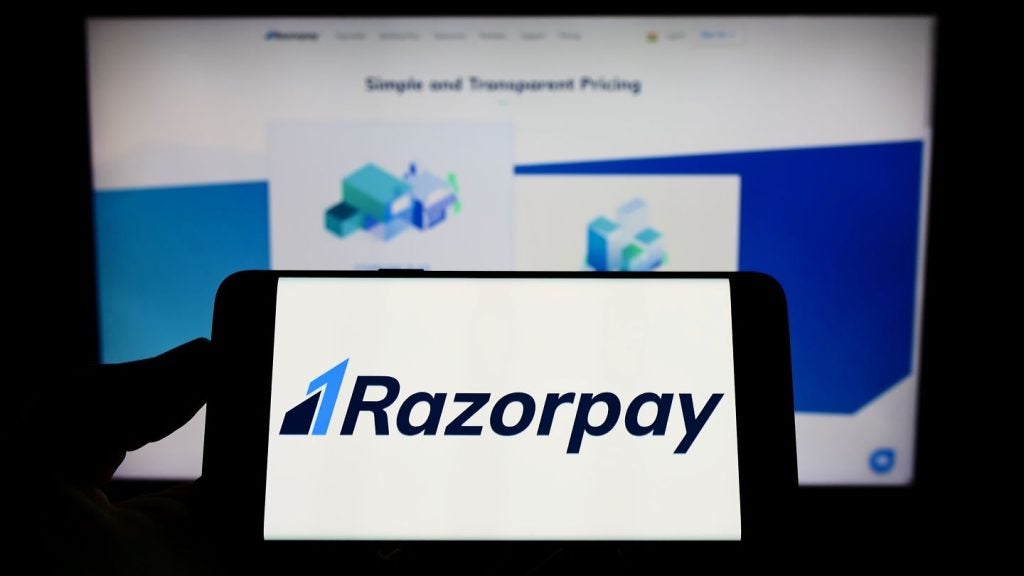
Just over two weeks after US-based ecommerce platform Zebit went public, its share price is down sharply at A$1.14. But, as Grant Halverson tells Douglas Blakey, questions remain as to why Australia played host to the IPO. The buy-now-pay-later (BNPL) company originally aimed to price its IPO at A$2 a share to raise A$42.9m. In the end, it raised A$35m at A$1.58 a share.
Zebit targets consumers who struggle to obtain affordable credit, mainly in the US market. Specifically, it targets the sub-prime segment, unbanked and underbanked consumers who are unable to get a credit score or an acceptably
high credit score to enable them to obtain a US bank loan.
It does not offer its products in Australia and has no plans to launch there and yet it chose Australia for its October 2020 IPO. The business was founded in 2015 in San Diego, with capital raisings of US$90.1m. Most of this has already been ‘burnt’. Indeed, to date Zebit has been through four rounds of funding from US-based VCs.
Zebit achieved sales in 2019 of $85.4m from 630,000 consumers with average sales $1,350. Bad debts totalled $14.8m and are the largest expense or 23% of revenue. Losses for 2019 total $12.3m while accumulated losses since 2015 total $63m.
The hard facts beyond the hype
Amid all the hype and the froth of the Australian buy-now-pay-later sector, it is refreshing, not for the first time, to speak
with local payments expert, Grant Halverson, CEO of McLean Roche.
Halverson tells CI: “This is a continuing story of BNPL players unable to make profits. Eight BNPL stocks are listed on the Australian Securities Exchange (ASX) with another eleven waiting in the wings. The eight stocks have a market cap of A$35bn. With that level of market cap, you would expect rosy profits and large revenue streams.”

US Tariffs are shifting - will you react or anticipate?
Don’t let policy changes catch you off guard. Stay proactive with real-time data and expert analysis.
By GlobalDataOf the eight firms referred to by Halverson – Afterpay, Flexi-Humm, OpenPay, Laybuy (NZ), Sezzle (US) Splitit (US, UK) Zip and Zebit (US) – only four actually operate in Australia.
Bad debts and ESOP plans: largest BNPL expenses
“Total core revenue across the eight stocks is A$891m while bad debts total $267.8m or 30%. If a bank had bad debts at this rate, the APRA would put them into administration as a ‘bad bank’.”
Bad debts constitute the BNPL sector’s largest expense. And notably, the second largest expense relates to employee stock option ownership plans.
Halverson says that there is also something deeply troubling about a sector which is the ASX’s most unprofitable, accumulating losses of A$324m to date.
Profitability is a long way off in this high volume small margin sector – a $100 sale
achieves $4.56 in revenue and $4.87 in costs.
Adds Halverson: “The real question is why a US subprime lender is allowed to come and list in Australia and take retail
investor’s money?”
BNPL regulation
The obvious attraction for the BNPL sector of the Australia market is the relaxed regulatory approach. Halverson says that their communication teams are staffed with ex ASIC and other government personnel.
“They have converted to the fintech ‘philosophies’ – not unlike a chicken becoming a fox, ready to raid the henhouse.”
To date this tactic has worked as BNPL has developed a voluntary code of conduct which has received strong political support. BNPL have also stalled the RBA from ruling on the ‘no surcharge rule’ – which allows retailers to surcharge all consumer transactions.
Currently BNPL contracts with retailers preclude any surcharging. The regulatory risks have not gone away and still represent significant risks – not that investors seem to care.
“Alas, in ‘fintechland’ it’s all about spin: PR mixed with bluster and promises of a bright future.”
Payright targets IPO
Next up is Payright, not to be confused with Canada-based BNPL outfit Paybright. Australian-based provider of higher pricepoint buy now pay later solutions, Payright, has lodged a prospectus with ASIC to list on the Australian Securities Exchange via an initial public offering. The offer is underwritten to raise gross cash proceeds of approximately A$10m.
Payright was founded in 2015 and provides merchants in Australia and New Zealand with both in-store and online BNPL solutions, with a focus on higher-value, purchases between A$1,000 and A$20,000.
Payright has a network of approximately 2,400 merchants and more than 30,000 customers across Australia and New Zealand. The last figure comes from Payright itself and is not a mis-print-it is eyeing up an IPO despite a very modest customer base of only 30,000.







